
Types of Joints in Concrete YouTube
Date: 6/11/2021 Experimental Investigation of the Mechanical Behaviour of Wall-Beam-Strut Joints for Prefabricated Underground Construction Publication: IJCSM Date: 1/31/2021 Repairable Precast Moment-Resisting Buildings: Part I— Experimental Investigations Publication: Structural Journal

Types of Construction Joints in Concrete Engineering Feed
If you need more information on our complete line of expansion joints, here are four quick and easy access points: Visit our comprehensive website: www.wrmeadows.com. Contact W. R. MEADOWS, INC. via email: [email protected]. Call toll-free: 1-800-342-5976. Fax: 1-847-683-4544.

Expansion Joint in Concrete Types and Characteristics
Construction joints are designed in order to allow the displacement between each (both) sides of the slab but, they also transfer the flexural stresses produced in the slab by the external loads at the same time. Construction Joint in Concrete: Exploring Types of Construction Joints, Including Contraction Joints and Expansion Joints 12
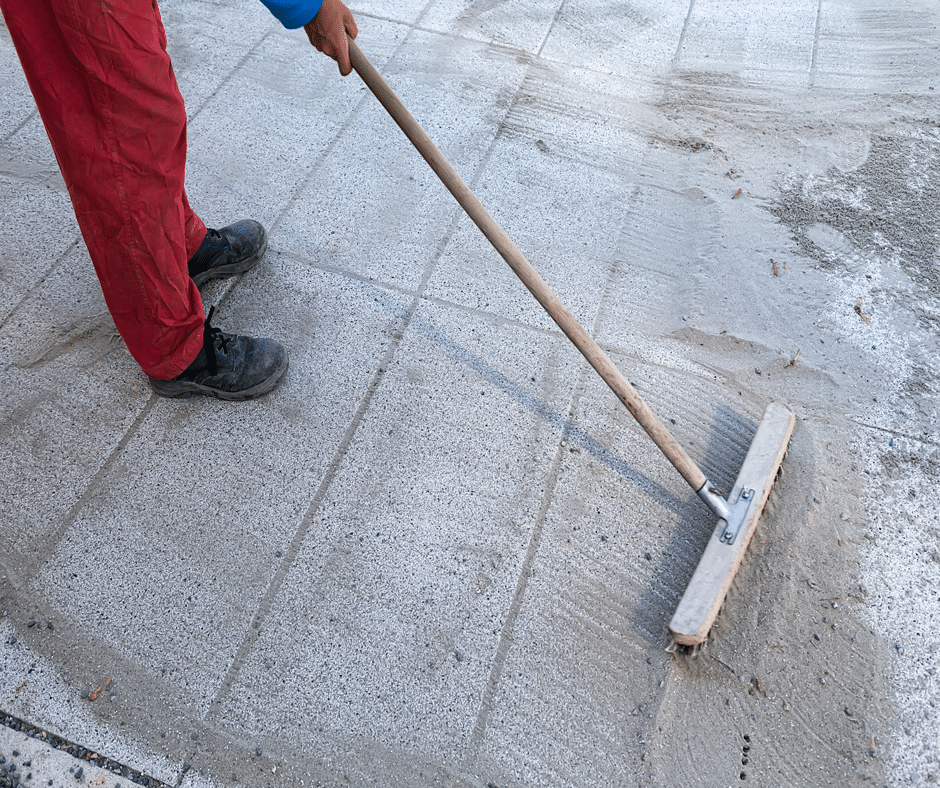
Types of Construction Joints in Concrete BN Products
1. Butt Type Construction Joint Butt-type construction joints are the simplest type of joints formed by a bulkhead and are satisfactory for thin floors that aren't heavily loaded. Fig 2 : Butt type construction joint 2. Tongue and Groove Construction Joint Tongue and groove type of construction joint is usually given in slabs.

Types of Joints in Concrete Constructions Civil Engineering
Contraction Joints (Figs. 1, 2 and 3): These joints are designed to allow for the shrinkage of concrete due to drying and temperature changes. Typically, they are straight and placed at regular intervals or at column lines to assisted in controlled cracking.
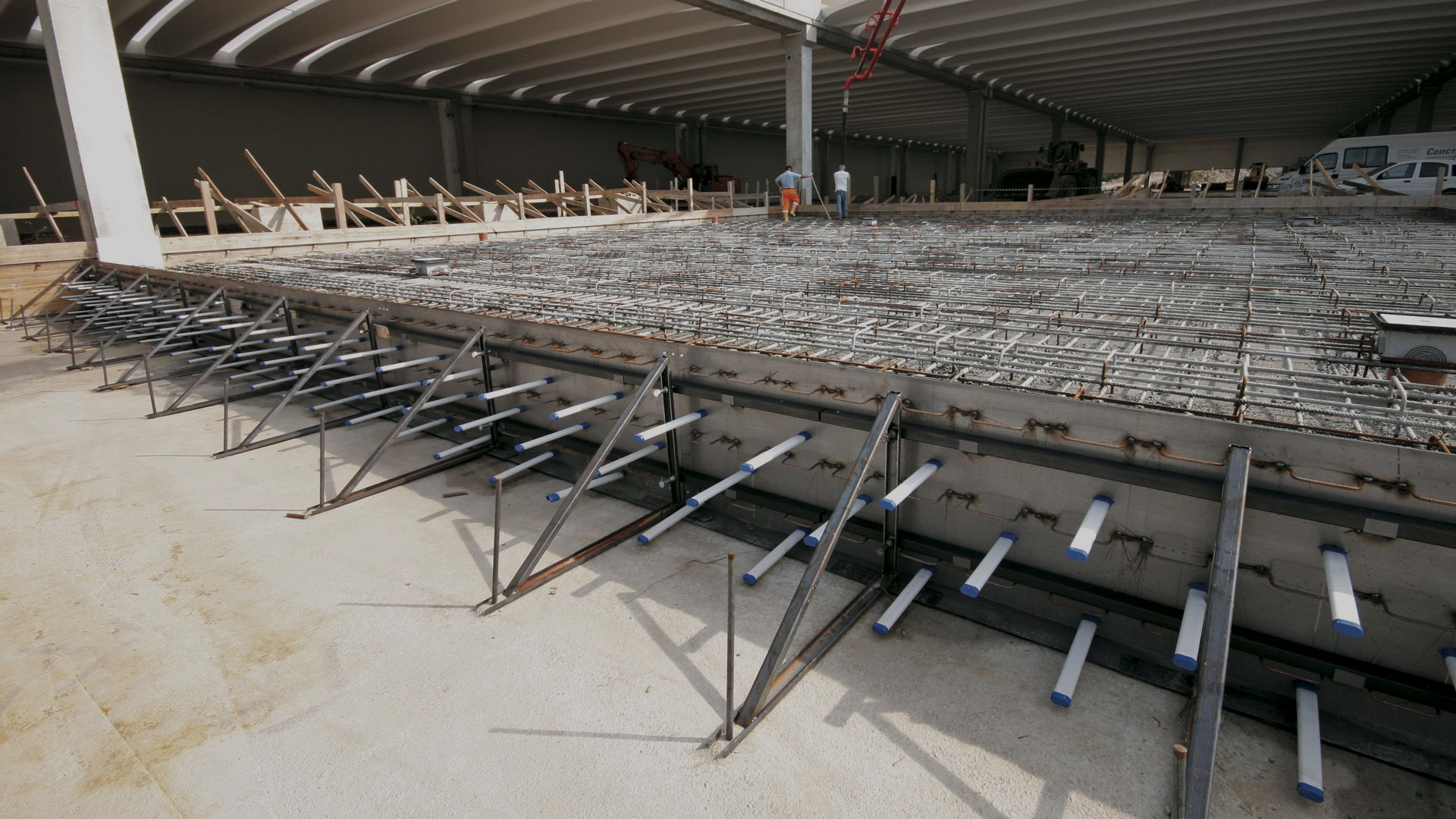
Construction joints Ideal Joint Classic, Performance and Dual Ideal Work
A contraction joint is a sawed, formed, or tooled groove in a concrete slab that creates a weakened vertical plane. It regulates the location of the cracking caused by dimensional changes in the slab.

VARIOUS TYPES OF JOINTS IN CONCRETE CONSTRUCTION LCETED lceted LCETED INSTITUTE FOR CIVIL
Contraction joints are provided in concrete pavements, slabs, walls, floors, dams, canal linings, bridge, retaining walls etc. When concrete is placed, due to shrinkage, creep and thermal movement concrete tends to reduce in size due to which small cracks are formed in the concrete at weak zone. Fig 1: Cracks formed due to shrinkage of concrete.
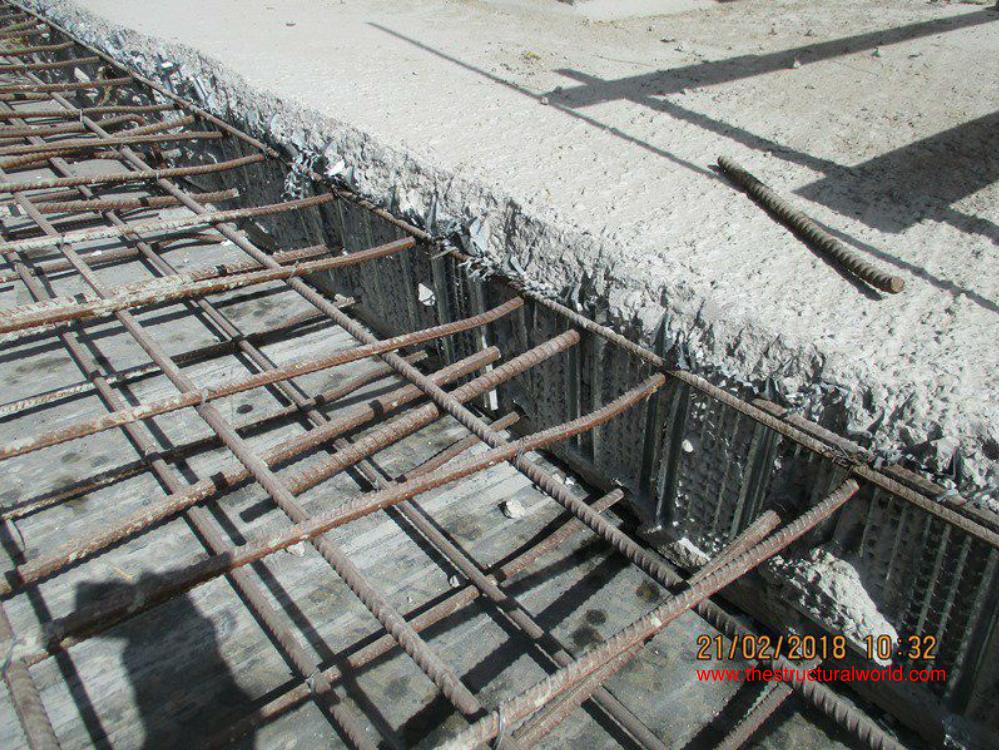
Construction Joint in Slabs The Structural World
Joints allow one concrete element to move independently of other parts of the building or structure. Joints also let concrete shrink as it dries—preventing what's called internal restraint. Internal restraint is created when one part of a slab shrinks more than another, or shrinks in a different direction.

Construction Joint or Daywork Joint Connecting Concrete Pours Successful Joints Amixan
Practice oriented papers and articles ON ACI 318 CONSTRUCTION JOINT IN SLAB. Special Considerations in the Reinforced Concrete Slab Design for the St. Cloud Hospital East Addition. Publication: Special Publication. Date: 5/1/2012. Aspects of Design of Reinforced Concrete Flat Plate Slab Systems.

Construction Joint or Daywork Joint Connecting Concrete Pours Successful Joints CivilDigital
Place expansion joints at 24 to 30 times the slab thickness. For a 5-inch thick slab, plan on placing a joint every 10 to 12.5 feet. Another way to estimate is to install joints every two to three feet of the thickness of a concrete slab in inches. Here is an example: 5 inches thick x 2 = 10 feet. 5 in. x 3 = 15 feet.

Construction Joint For Slab / Construction Joint in Concrete Types, Location Selection
The exterior beam-column joints (BCJs) in reinforced concrete (RC) structures are critical and often vulnerable elements, particularly under seismic conditions, with the potential for catastrophic structural failure. Achieving robust and ductile joint design is paramount. Although efforts have been made to establish design standards for strong and ductile joints, further research is needed.
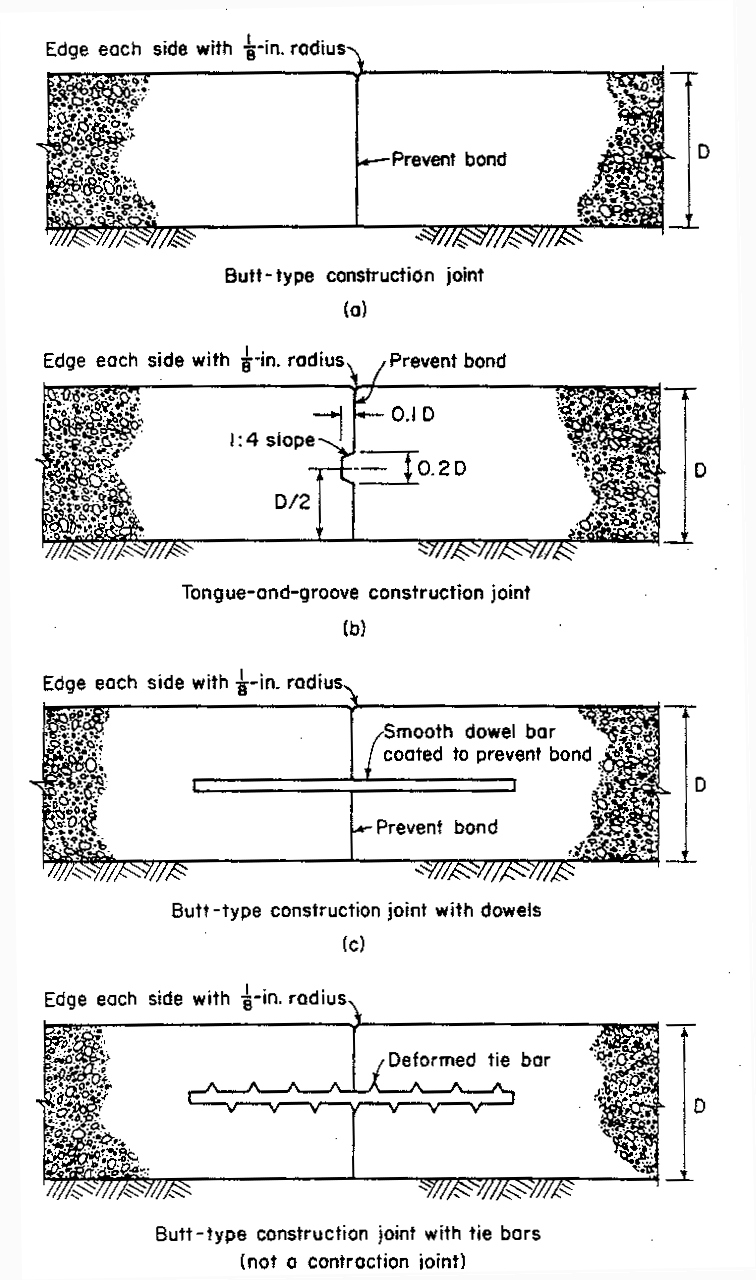
Joints in Concrete Construction Types and Location of Concrete Joints
Types of joints in concrete. Mainly, there are four types of joints in concrete: construction, isolation, expansion, and contraction joints. 1. Construction joints. A construction joint is basically an interface between two concrete pours, with a time interval longer than the initial setting time of the first.
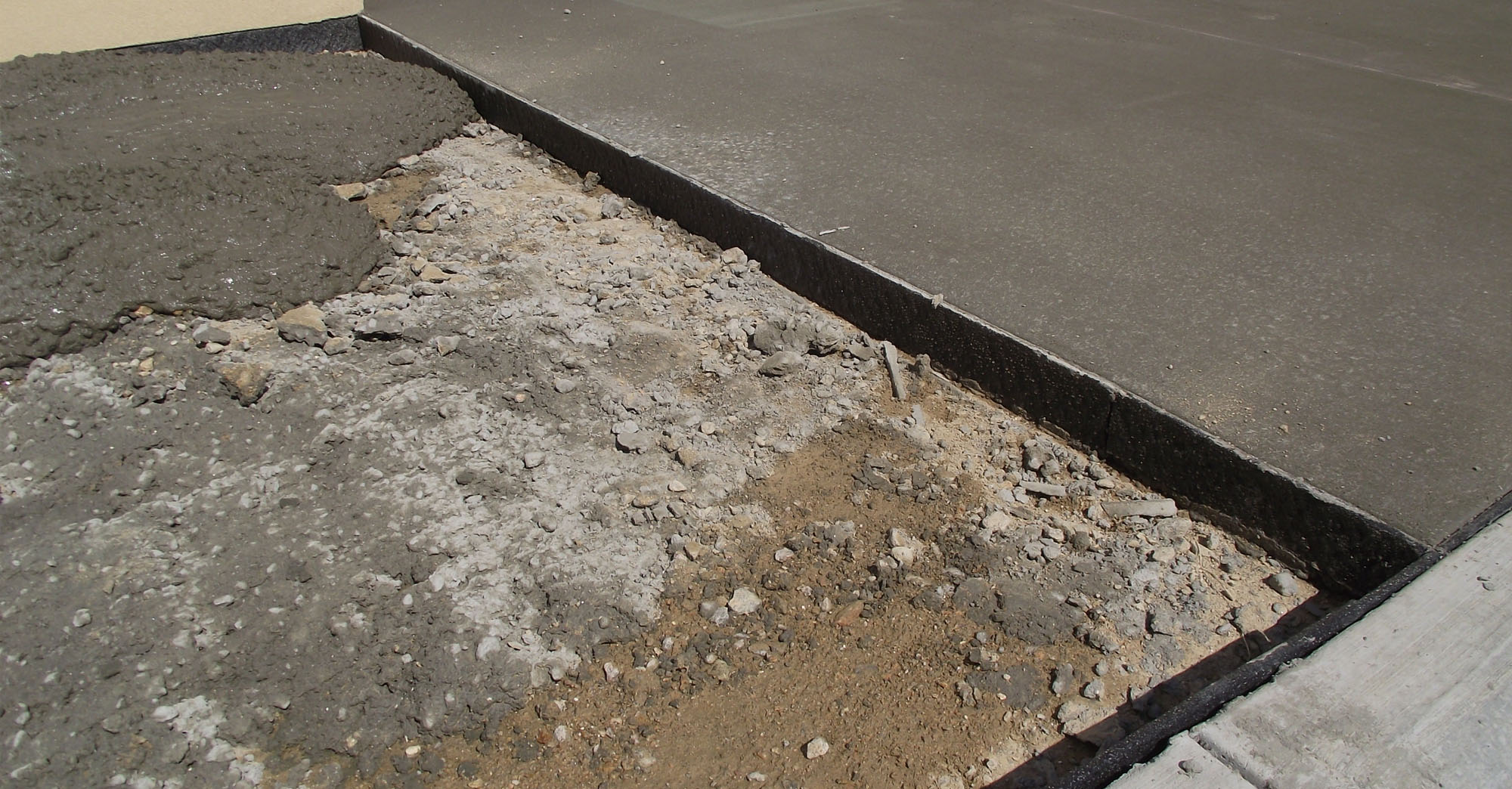
What Are Concrete Expansion Joints? Do You Need Them? (2022)
Share No structure is built without construction joints. Construction joints in concrete are inevitable as we cannot finish the work at once. Depending on the type of structural elements, vertical and horizontal construction joints are provided at different stages of construction.

Concrete Floor Slab Construction Joints Flooring Site
Concrete construction joints are what keep the two slabs from shifting between one another. In other words, the construction joint keeps the concrete from shifting up and creating a tripping hazard. #1 Butt-Type Construction Joint The Butt-Type construction joint is very simple.

Joints in Concrete Slabs JLC Online
Joints in concrete are construction, expansion, contraction, and isolation joints. These joints are placed in concrete slabs and pavements at regular interva.
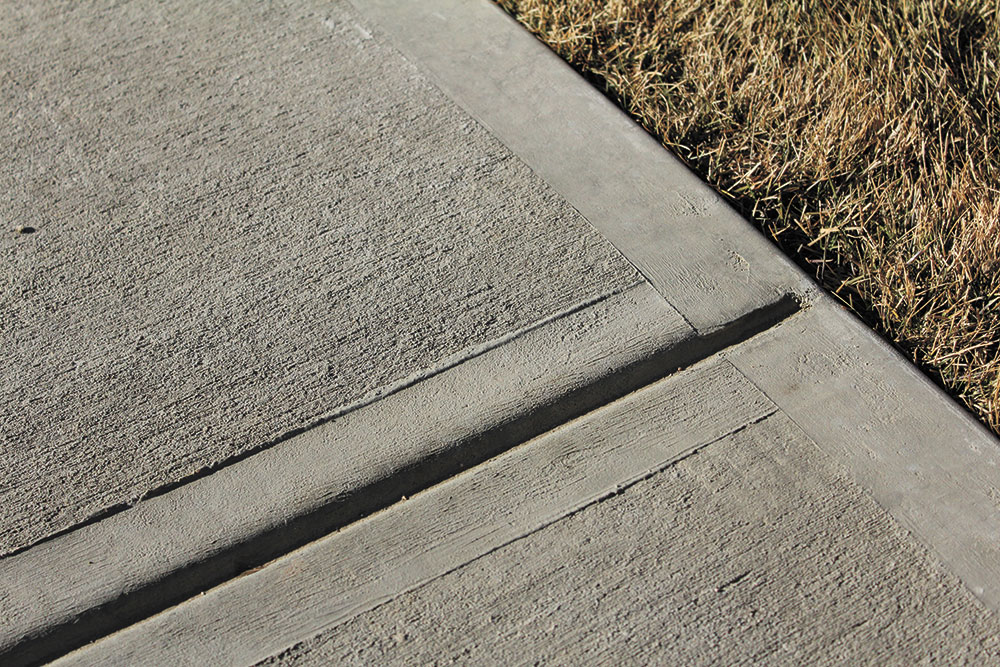
Cutting a Concrete Expansion Joint Mastercut Concrete Cutting Sydney
A construction joint in concrete is a deliberate break or interruption in the continuous pour of concrete that allows for the consolidation of concrete and helps control cracking and separating due to shrinkage. Simply, they're stopping and starting points used when you don't pour the whole slab, floor, sidewalk, or driveway all at the same time.